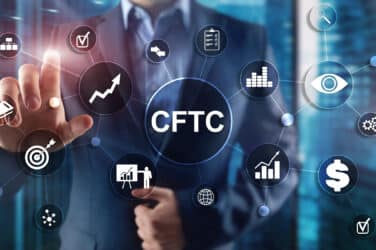
The European Securities and Markets Authority (ESMA), the EU’s securities markets regulator, has published a Final Report on technical standards (RTS and ITS) under the EMIR REFIT Regulation. The report covers data reporting to Trade Repositories (TRs), procedures to reconcile and validate the data, access by the relevant authorities to data and registration of the TRs.
This final report and draft RTS and ITS largely reflect the original proposals included in the consultation paper and focuses on further harmonisation of the reporting requirements as well as enhancements in the counterparties’ and TRs’ procedures on ensuring data quality.
Steven Maijoor, Chair, said: “The Final Report is an important milestone towards ensuring the full alignment of EU derivatives reporting with globally agreed recommendations, and in establishing the highest standards for data quality worldwide. A globally harmonised approach to derivatives reporting ensures that regulators have the information they need to support their supervisory and financial stability objectives.”
“In recent years ESMA has been actively engaged in the development of global guidance on the harmonisation of data elements reported to trade repositories. These elements are essential for the aggregation of data by authorities, through the use of the Unique Transaction Identifier, the Unique Product Identifier and other Critical Data Elements.”
Published ? #ESMA Report on draft technical standards under the EMIR REFIT Regulation
Covers:
✔️ data reporting to Trade Repositories (TRs)
✔️ procedures to reconcile and validate data
✔️ access by relevant authorities to data
✔️ registration of TRshttps://t.co/1vAtffuOUI pic.twitter.com/JMV8zIVNdP— ESMA – EU Securities Markets Regulator ?? (@ESMAComms) December 17, 2020
Key proposals
The key proposals included in the technical standards are:
- Alignment with international standards – in particular the global guidance developed by CPMI-IOSCO on the definition, format and usage of key OTC derivatives data elements reported to TRs, including the Unique Transaction Identifier (UTI), the Unique Product Identifier (UPI) and other critical data elements. The introduction of these changes into the EU regulatory framework will foster global data harmonisation and will facilitate compliance for those entities that are subject to derivative reporting requirements in non-EU jurisdiction(s);
- End-to-end reporting in ISO 20022 XML – ESMA proposes that XML schemas developed in line with ISO 20022 methodology are used not only for the communication between the TRs and authorities (as is the case now), but also for reporting from TR counterparties, similar to the requirements in place under SFTR. A fully standardised format for reporting will eliminate the risk of discrepancies due to inconsistent data. While end-to-end reporting in ISO 20022 XML is expected to further enhance data quality and consistency, by reducing the need for data cleaning/normalisation and facilitate their exploitation for various supervisory and/or economic analysis;
- Harmonised data quality requirements across TRs – another cornerstone of the technical standards relates to the enhanced and harmonised data quality requirements for data validation and data reconciliation processes, that take place at the TRs once derivatives are reported to them;
- Simplified rules for extension of registration from SFTR to EMIR – ESMA clarifies the relevant documentation to be provided by TRs willing to extend their registration from SFTR to EMIR in line with the existing requirements for extension from EMIR to SFTR; and
- Standardised process for data access – ESMA includes references to standardise the type of information and the timeline for setting up data access for authorities.
Next steps
The draft technical standards have been submitted to the European Commission, and the proposed timeline for implementation of the technical standards by the reporting counterparties and TRs in the Union is 18 months from the date of their publication in the Official Journal.
In the meantime, ESMA will commence working on the guidelines on reporting under EMIR REFIT as well as on the technical documentation, including XML schemas and validation rules. ESMA aims to provide the industry with the relevant guidance and documentation sufficiently ahead of the reporting start date to ensure a smooth transition to the reporting under the revised rules.
Source: ESMA




